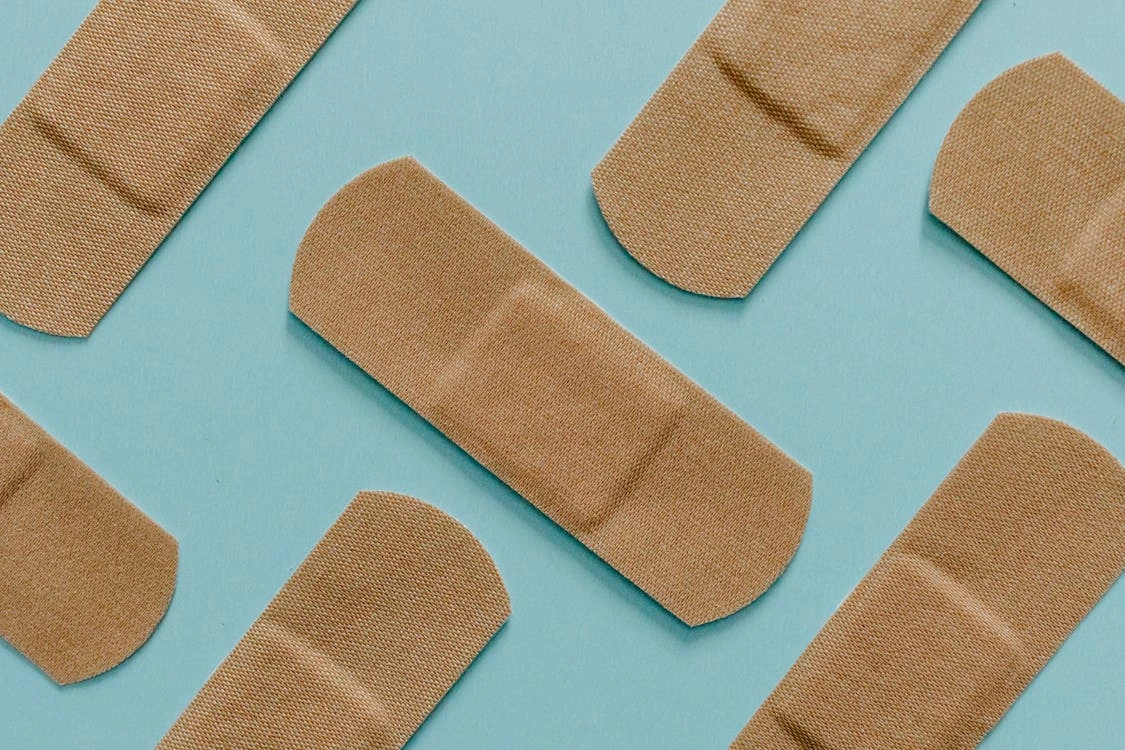0HDLXZZ refers to the surgical procedure where the skin on the left lower leg is removed using an external approach. This process is done to extract the skin for various medical reasons or treatments.
Table of Contents:
- 🔎 Clinical Indication
- 📋 Preparation
- 📖 Methodology
- 🩹 Recovery
- 🚨 Complexity & Risk
- 🔀 Similar Procedures
🔎 Clinical Indication
0HDLXZZ, or the Extraction of Left Lower Leg Skin using an external approach, may be performed to remove damaged or diseased skin from the lower leg.
This procedure may be necessary in cases where the skin on the left lower leg is injured, infected, or affected by a medical condition that requires removal for healing.
By extracting the damaged skin through an external approach, healthcare providers can promote proper healing and prevent further complications in the lower leg area.
📋 Preparation
Before undergoing the extraction of left lower leg skin using an external approach, the patient must prepare by refraining from eating or drinking for a specified period of time. This fasting helps reduce the risk of complications during the surgery.
Additionally, the patient may be asked to shower using a special soap to reduce the chance of infection. This step is crucial in maintaining the cleanliness of the surgical site and promoting successful healing post-operation.
📖 Methodology
During the procedure 0HDLXZZ, the surgeon will remove a section of skin from the left lower leg using an external approach. This may be necessary to treat a skin lesion, perform a skin graft, or address a cosmetic concern.
First, the surgeon will carefully cleanse and sterilize the area of the left lower leg where the skin will be extracted. Next, they will make an incision in the skin to carefully remove the desired section.
Once the skin has been removed, the surgeon will close the incision with sutures or staples to promote proper healing. Patients may experience some discomfort and swelling after the procedure, but this typically resolves within a few days.
🩹 Recovery
After undergoing HDLXZZ (Extraction of Left Lower Leg Skin, External Approach), the patient will be placed on a recovery regimen to promote healing and prevent infection. This may include dressing changes, pain management, and monitoring for any signs of complications.
Physical therapy may be recommended to help the patient regain mobility and strength in the affected leg. This will aid in the recovery process and help the patient return to their normal activities.
It is important for the patient to follow all post-operative instructions provided by their healthcare team to ensure a smooth recovery after the procedure. This may include keeping the surgical site clean and dry, taking prescribed medications as directed, and attending follow-up appointments.
🚨 Complexity & Risk
Performing 0HDLXZZ, the Extraction of Left Lower Leg Skin using an External Approach, may seem straightforward but is actually quite complex. The procedure involves carefully removing skin from the lower leg, which can be challenging due to the delicate nature of the tissue in that area.
There are potential risks to patients undergoing this procedure, including the possibility of infection, excessive bleeding, or damage to surrounding nerves or blood vessels. Due to the intricacies of the extraction process, surgeons must be highly skilled and precise to minimize these risks and ensure a successful outcome for the patient.
🔀 Similar Procedures
Another medical procedure similar to the Extraction of Left Lower Leg Skin, External Approach is the Extraction of Right Lower Leg Skin, External Approach. Both procedures involve removing skin from the lower leg area using an external approach, but on different sides of the body. This may be done to address skin conditions, wounds, or infections.
Another related procedure is the Extraction of Left Upper Arm Skin, External Approach. This procedure involves the removal of skin from the upper arm area using an external approach, similar to the Extraction of Lower Leg Skin. These procedures are typically performed to address skin issues or injuries in specific areas of the body.

